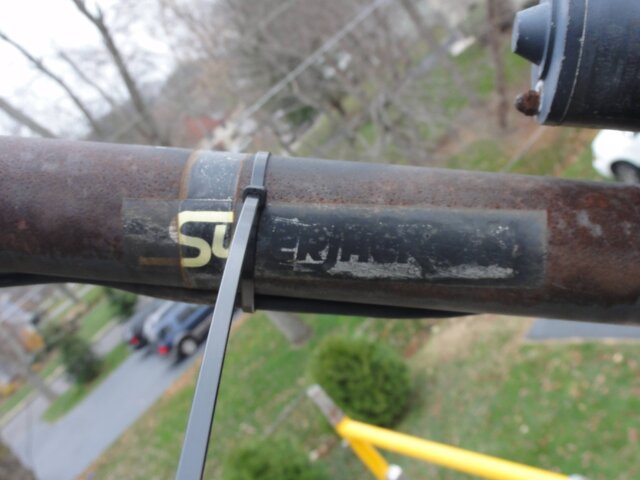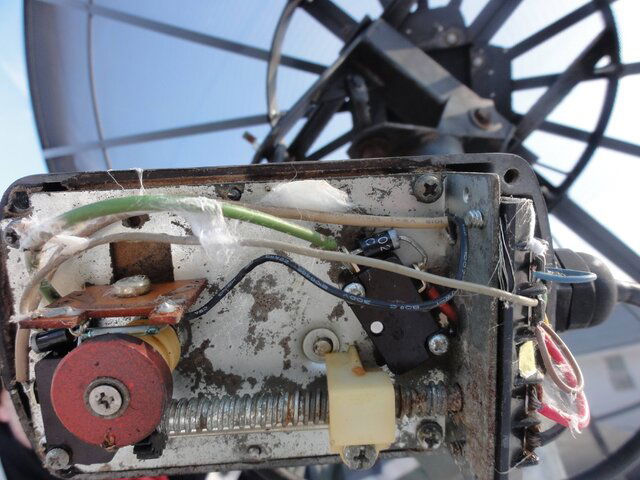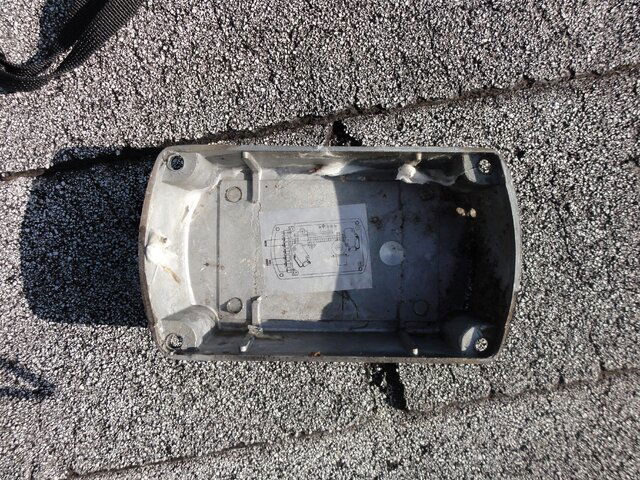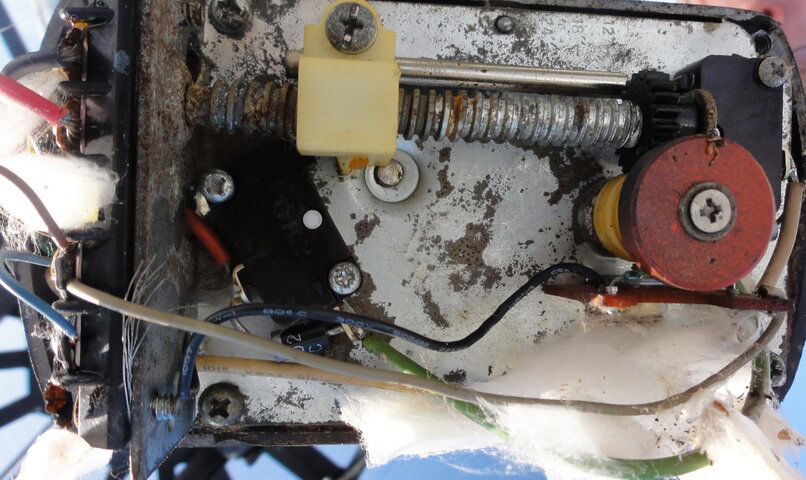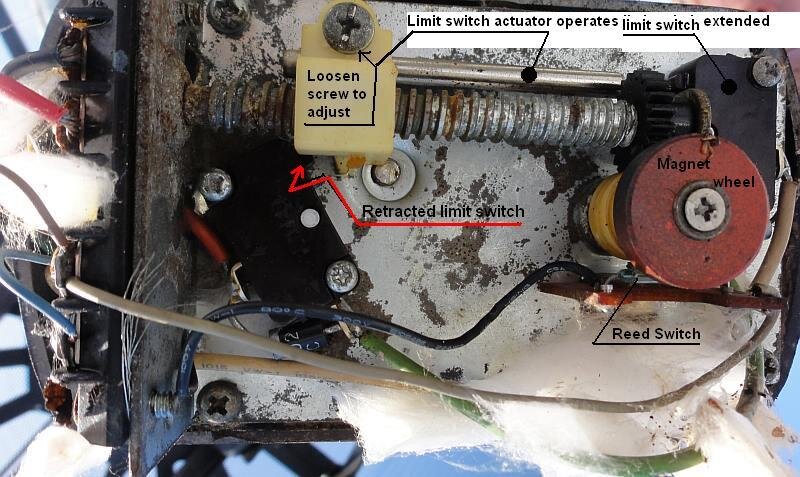I have not been able to get on the roof to determine my sensor type or cabling color function. I do have 3 sensor wires and my actuator is old. Can I safely assume it is a Hall sensor?
Is it OK to use a Hall instead of replacing it for a reed? What is the benefit of the Reed? Is it more accurate? Can I supply 5V to the Hall by guessing which is the correct wire or is that dangerous for my G-Box or sensor? I also have an old Analog receiver that accepts 3 sensor wires. Should I use that to figure out what the cabling setup is? Thanks.
Is it OK to use a Hall instead of replacing it for a reed? What is the benefit of the Reed? Is it more accurate? Can I supply 5V to the Hall by guessing which is the correct wire or is that dangerous for my G-Box or sensor? I also have an old Analog receiver that accepts 3 sensor wires. Should I use that to figure out what the cabling setup is? Thanks.


